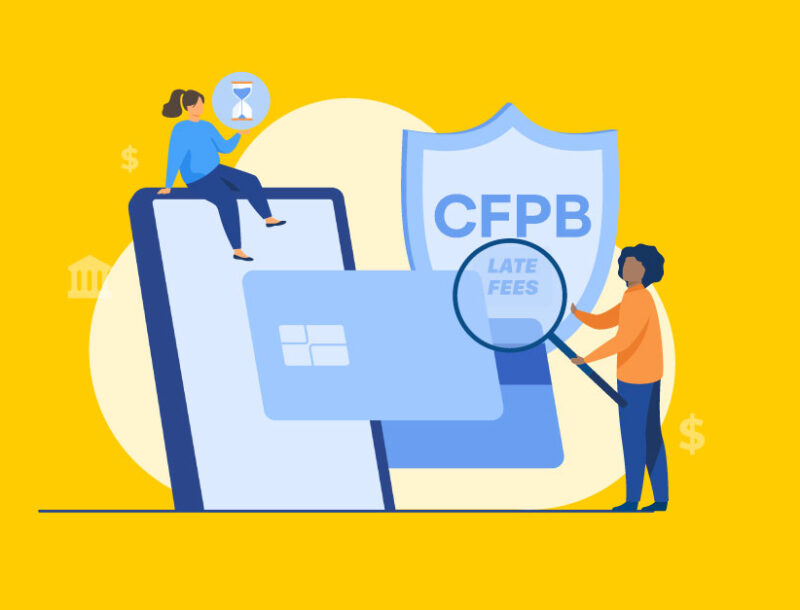3 Steps To Mitigate Risk In Your Merchant Portfolio And Complete Audits With No Stress

An audit is just around the corner, and your team is scrambling to prepare. You do it knowing that your auditors and card networks like MasterCard are just days away from potentially uncovering the next big issue in your portfolio.
If you have high-risk merchants selling things like pharmaceutical drugs, e-cigarettes, or nutraceuticals, you might be especially worried that they snuck something into your portfolio that is illegal or violates card network guidelines. But with the number of merchants you have, it’s nearly impossible to monitor every one for such activity, especially since illegal products are often secretly sold through low-risk merchants. (e.g. K2 being sold through an online shoe shop.) Sometimes, all you can do is cross your fingers and hope for the best.
If this sounds familiar to you, you’re not alone. Every processor absorbs some level of risk and some level of association assessments in the way of fines, ranging from $10K to $200K+ per infraction.
These harsh punishments have no sign of letting up soon, though. Regulators are tightening their scrutiny of banks and processors in light of the estimated $3.8 million that will be lost to card payment fraud through internet transactions in 2016. Regulators and card networks are also cracking down on transactions of illegal goods on the dark web. Andrew Bigart from Venable LLP explained this new reality: “Payments companies are expected to understand their customer’s business and ownership structure, and monitor their customer’s transactions for signs of illegitimate activity.”
Merchant risk mitigation can be a difficult and daunting task, but it doesn’t have to be. Here are 3 steps you can take to mitigate risk in your merchant portfolio and complete your audits with no stress.
- Manage risk over time. You need to have a system in place that operates constantly, not just at random times or right before an audit. Web pages are dynamic environments and may change from compliant to non-compliant overnight. By constantly monitoring for compliance, you can catch potential issues in a timely manner and avoid those panic moments right before an audit.
- Adopt a system for efficiently tracking and storing all correspondence during remediation. To show auditors the positive steps you’ve taken to mitigate risk, you should keep thorough records of your correspondence with compliance team members and merchants throughout the remediation process. (Make sure to keep these all in one place for easy retrieval.) When it’s time to for your audit, these records will present a balanced view of the potential red flags in your portfolio as well as the properly functioning portions of your portfolio.
- Use technology to enhance your compliance oversight. While you can’t have a successful compliance program without the correct policies and process in place first, technology can streamline well-established processes to allow you to cover all channels efficiently and effectively 24/7.
Although everyone has different levels of known and unknown risk among their merchants, what’s important is to have your entire portfolio covered so that no matter what merchants you serve, you are covered.
If you’re looking for a technology solution that provides acquirers with the comprehensive coverage needed to cover an entire merchant portfolio, then PerformLine should be on your list. The PerformLine platform allows you to create efficiencies in your compliance practice that allow you to mitigate risk and have Proof You Can Use‚ to make audits as painless as possible.
If you want to learn more about PerformLine’s Web Monitoring solution, our experts are ready to help.


